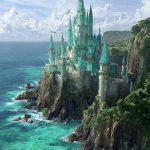Explore the Best AI Image Gallery
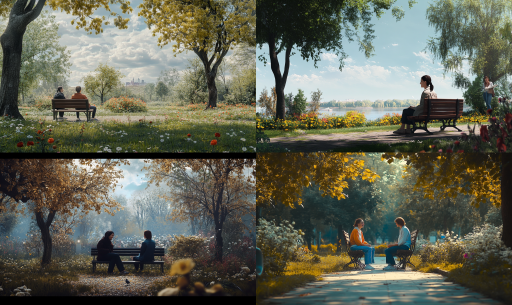
Portrait of an AI Artist: Crafting the Visual Frontier
The exponential advancement of technology has nothing short of revolutionized our lifestyle. Artificial intelligence (AI), a keystone of this digital renaissance, continues to redefine limitations across industries including the creative arts. Particularly intriguing is the surge in AI-generated images, a trend that is transforming our conventional definition of art and creativity.
Decoding AI Image Creation
At its heart, AI image creation tools leverage machine learning algorithms to generate visuals. Notably, techniques like Generative Adversarial Networks (GANs) allow the machine to 'learn' from an enormous database of images and eventually construct novel visuals. This technology yields a spectrum of applications, from creating realistic human portraits, graphic design adaptations to even producing intricate digital paintings.
AI in Creative Industry: Impact and Uses
AI-generated imagery has sparked explosive growth in creative productivity. It lessens the burden of repetitious tasks, allows for enhancements in image quality, accelerates project turnaround, and has democratized creativity by providing accessible design tools to non-designers.
- Advertising and Marketing: AI tools can produce thousands of design variations effortlessly, allowing businesses to test different design strategies and optimize campaigns.
- Gaming and Entertainment: Gamified environments and characters can be designed more rapidly and realistically, fuelling immersive experience.
- Fashion: AI assists in visualizing apparel designs, creating virtual models, and predicting fashion trends based on past data.
Ethical Considerations: Bridging the AI Fine Line
Nevertheless, AI's capability to replicate human creativity brings ethical questions to the forefront. While AI tools produce art, the creativity and emotional connection associated with traditional art creation are absent. Another disconcerting trend is deepfakes, raising serious questions about consent, credibility, and the potential for malicious use.
Intellectual property rights also become obscured when AI is the 'artist'. As AI-powered art gains ground, new legal frameworks may be required to address these challenges.
The Future of AI Image Creation
Despite these challenges, the growing trend of AI art is undeniable. It's predicted that AI will continue enhancing human creativity rather than replacing it. People and AI could collaborate more closely, with humans providing creative direction and AI executing the vision swiftly and efficiently.
Furthermore, we can look forward to even more hyper-realistic AI-generated imaging and immersive VR experiences. Advanced AI could learn individual aesthetic preferences and personalize visuals to unprecedented degrees.
In conclusion, as we stand on the brink of this AI-crafted visual frontier, the possibilities are as limitless as they are thrilling. The key will be in harnessing this powerful tool responsibly, and to enrich rather than overshadow human creativity.

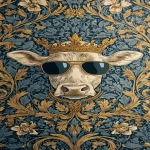

](https://images.ai-img.art/thumbnails/150/ab90086e40a02c62bf04e73af7cf676b0e16cec91758247452657466b870af18.webp)
](https://images.ai-img.art/thumbnails/150/ecaaa7f57d0e8c3fd910c96cf511151b430af879c94ea84bf3688a23f088cafc.webp)

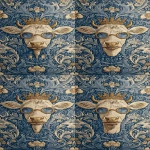
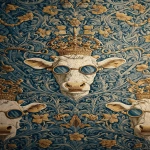
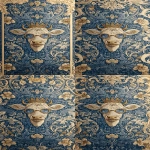
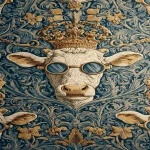
](https://images.ai-img.art/thumbnails/150/09c13dbe155abe504e563d205d595e912d5eb66e4357f65baa1bc3fc8ad831eb.webp)
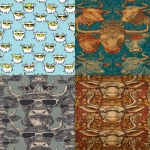
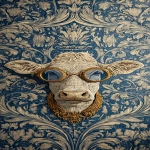
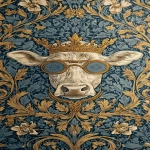
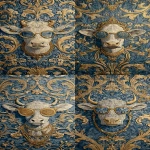
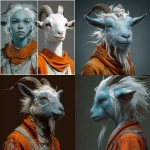
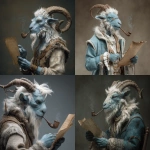
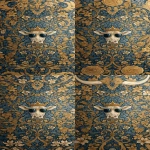
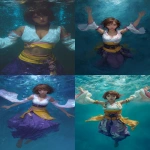
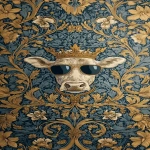
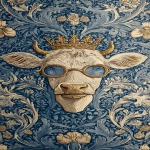
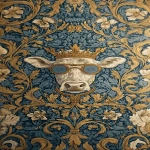
](https://images.ai-img.art/thumbnails/150/5365b1ed776fd7cb58dd9095c6baee73acbe885e3872eb3bde0bf5584f26d72c.webp)
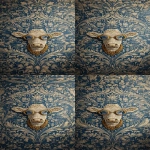

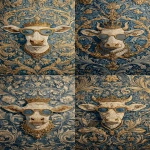
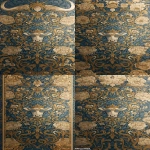


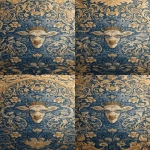
](https://images.ai-img.art/thumbnails/150/d528b2ba18709bfc03c5f343cf874940e558ebfd699cdddc6f49568bfa90e213.webp)

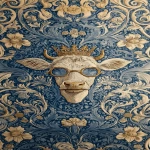
](https://images.ai-img.art/thumbnails/150/0217142de3b79e38f988b7929024a6d215453ae1263a44c914b2baf3338f751f.webp)
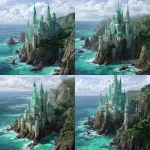
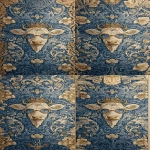
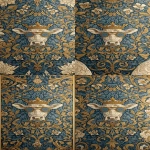
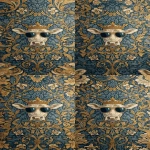
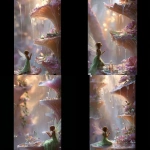
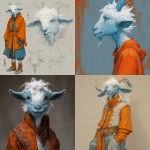
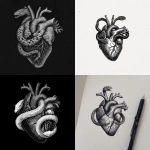
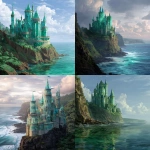
](https://images.ai-img.art/thumbnails/150/7707fa8f9b58ba93b5952c351c556e539c2ea5d18c6cda10106759ea45ae6ce4.webp)

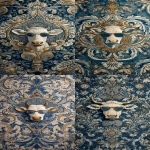
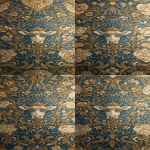
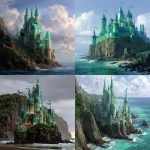
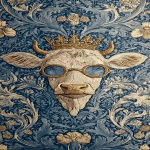
](https://images.ai-img.art/thumbnails/150/364a76b2a987e4d93118637216cd093297b79b132eefc41e3ccb5d7faafe2fed.webp)
